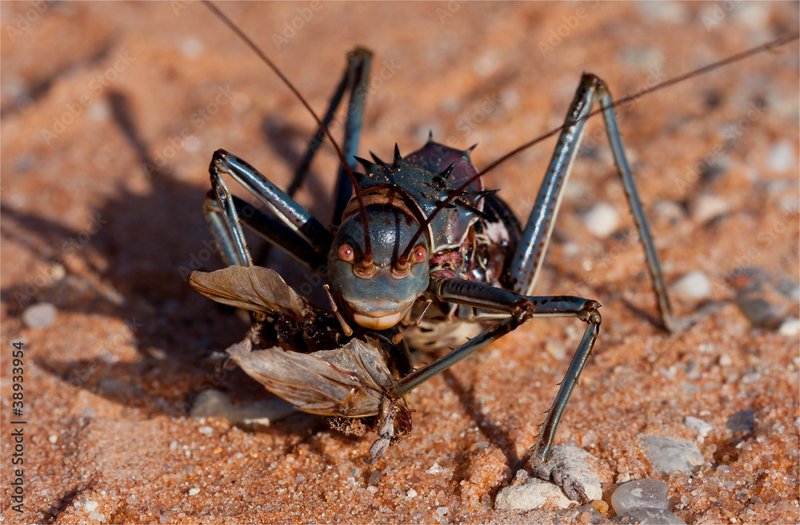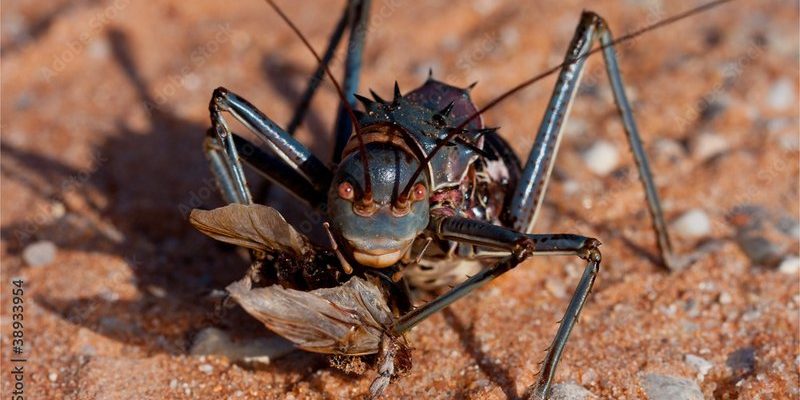
Imagine a bustling city. In this city, each role is crucial—from street sweepers to construction workers. Similarly, in the natural world, crickets have their jobs that help maintain balance in their ecosystems. They don’t just contribute to the environment aesthetically; their presence influences food chains, soil health, and even plant populations. Curious about how crickets fit into this intricate web of life? Let’s dive deeper.
Food Source for Various Animals
Crickets are a vital food source for many creatures in the animal kingdom. Think about it: If you’re a small bird, lizard, or even a mouse, crickets are a convenient and nutritious meal. This isn’t just a casual snack; it’s part of a larger food web. When crickets thrive, they support the populations of these predators, helping to maintain balance in the ecosystem.
You might be wondering, how do crickets impact these predator populations? Well, when crickets are plentiful, predators have enough to eat, which can lead to their growth and reproduction. If crickets were to disappear, we’d likely see a decline in those species that rely on them for food. This ripple effect can lead to a situation where the entire ecosystem becomes unbalanced.
Additionally, crickets are rich in protein and nutrients, making them an essential dietary component for many species. They’re like the fast food of the insect world—quick to find and easy to digest!
Soil Aeration and Health
Crickets play an interesting role beneath our feet, contributing to soil health through their burrowing habits. When they dig into the ground, they create tiny holes that allow air and water to penetrate the soil more effectively. Imagine a sponge soaking up water; crickets help the soil “breathe” like that.
This aeration encourages the growth of plants, allowing their roots to access nutrients more easily. As the plant life flourishes, it can, in turn, support a wider array of wildlife. So, in a way, crickets are like the little gardeners of the ecosystem, ensuring that the soil remains healthy and alive.
Despite their small size, the impact of crickets on soil health is significant. Healthier soils mean more robust plant life, which can lead to decreased erosion and better water retention—a win-win for the environment!
Decomposers and Nutrient Cycling
Here’s the thing: crickets also take on the role of decomposers in many ecosystems. As they feed on dead plants and organic matter, they break it down, returning essential nutrients back into the soil. This process is crucial for maintaining the nutrient cycle.
You might think of this like recycling in nature. When crickets munch on decaying material, they help convert it into forms that plants can use for growth. This nutrient cycling is vital for the overall health of an ecosystem, as it ensures that the soil remains fertile and capable of supporting life.
Without crickets and other decomposers, dead material would pile up, and nutrients would become locked away, unavailable to plants. So, crickets have a role that goes beyond just being food; they’re quietly working to ensure the cycle of life continues.
Indicators of Environmental Health
Interestingly, crickets can act as indicators of environmental health. Their presence and population levels can reveal a lot about the state of their ecosystem. For instance, if a certain type of cricket disappears or abundance declines, it could be a sign of habitat loss, pollution, or climate change.
That’s why entomologists and conservationists often pay attention to cricket populations. They can provide valuable insights into the health of an ecosystem—acting like a canary in the coal mine.
This relationship between crickets and their environment reminds us that every creature, no matter how small, has a role to play. Monitoring cricket populations can be a key factor in conservation efforts.
Crickets in Human Culture and Biodiversity
Crickets hold a unique place in human culture, too. From ancient poems to modern music, the sound of crickets has found its way into art and literature, symbolizing nature and tranquility. In some cultures, they’re even seen as symbols of good luck.
But beyond cultural significance, crickets contribute to biodiversity. They support a wide range of species in their habitats. A diverse ecosystem is generally a healthier one, filled with balanced interactions and resilience against disease and climate changes.
By maintaining cricket populations, we also support other wildlife species that depend on them, ensuring the delicate balance within ecosystems remains intact. So the next time you hear a cricket chirp, you might just be listening to a little ambassador of biodiversity.
The Importance of Conservation
Given all these vital roles, it’s clear that crickets are more than just background noise. Sadly, habitat destruction, climate change, and pesticide use can threaten their populations. This decline can lead to unbalanced ecosystems—so conservation efforts are crucial.
You might be wondering what can be done to help. One way is to create habitats that support crickets, such as wildflower gardens or compost piles. These not only provide food and shelter for crickets but also foster a diverse range of other species.
Moreover, advocating for sustainable agricultural practices can protect cricket populations. Reducing pesticide use or employing organic farming methods can help ensure these insects thrive, supporting the broader ecosystem.
In summary, crickets play essential roles in ecosystems, from serving as a food source to aerating the soil and recycling nutrients. They remind us that even the smallest creatures can have a significant impact on our environment. Protecting cricket populations is vital for maintaining biodiversity and ecosystem health.
So, the next time you hear a cricket sing, take a moment to appreciate the important work it’s doing behind the scenes. By supporting these tiny creatures, we contribute to the health of our planet, ensuring it remains vibrant and full of life. Whether through conservation efforts or simply nurturing a backyard habitat, every little action helps!

